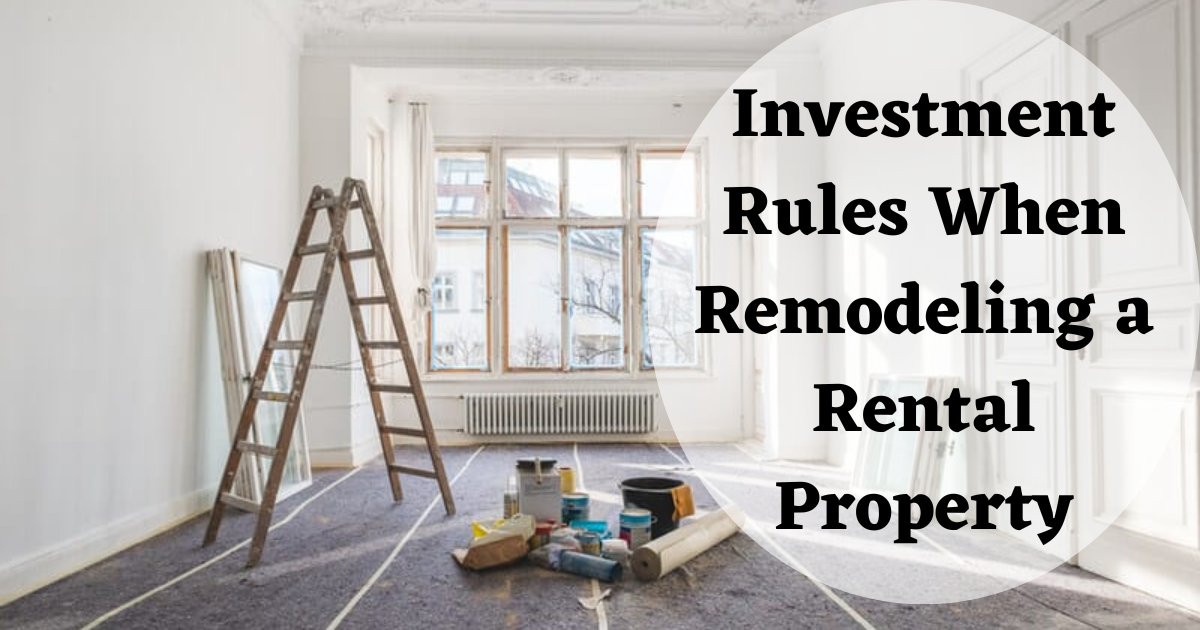Rental properties are now on the rise, and if you are a property manager or owner, you might be planning to remodel it to gain a competitive edge and attract the best tenants. Later in this article, we are going to discuss investment rules when remodeling a rental property.
Whether you want a major renovation or just a simple upgrade, there are several important investment rules to remember when remodeling a rental property to help you save money and maximize your ROI.
Prioritize the Essentials
This might sound a bit boring but your first focus should be taking care of the essential maintenance, upkeep, replacement, and repair needs of the property. It includes taking care of the property’s plumbing, roofing, structure, drainage, HVAC systems, and electrical wiring.
Even a minor issue with these areas might result in serious headaches and major expenses not only for you but even for your tenants in the long run.
A proactive property owner can prevent substantial future costs if you invest in your property at the moment. The good news is that you can claim household repairs on your rental property as tax deductions. The only exception is if you carry out the repairs when there is a more extensive renovation project underway.
Repairs are a type of project that doesn’t materially add to property value or significantly prolong its life. Repairs can keep the property in great operating condition. Good examples of repairs include exterior or interior painting projects, fixing a broken toilet, replacing damaged windows, and repairing broken pipes.
Remodeling or improvement efforts and repairs on your rental property are all considered tax deductible as long as you got the right records in place.
Maximize Your ROI
After tackling the upkeep needs of your property, you can now make the necessary upgrades. A remodeling project for your rental property should do the following:
- Increase your monthly charge for the property.
- Increase the property’s overall value which will also increase your return once you sell it.
The easiest way to achieve these two goals is to complete a remodel of the bathrooms and kitchen of your rental property. Most potential renters and buyers prefer a modern and updated kitchen. Your property will surely attract long-term renters if you fit it with new appliances, countertops, cabinets, and floors.
A master with a new vanity and shower can also be one major selling point for your rental property. If you plan to upgrade appliances, don’t forget to add an Appliance Repair Addendum to your lease agreement.
To get the best out of investment for your property’s bathrooms and kitchen and get a tax reduction for it, here are some things you should do:
- Find a good middle ground.
- Avoid complete teardown.
- Consider smaller and cheaper upgrades.
- Don’t throw away your receipts.
Set Limitations and Scope for the Remodel
Most property owners find it challenging to keep their remodeling project within the limits of their budget. It is recommended to have an initial scope for your project and proceed with the remodel with a good understanding of the things you hope to get out of it.
Rental property renovations should never be an expensive splurge nor should sthey be a labor of love. Always determine your ROI and the benefits you will gain from every remodeling project.

